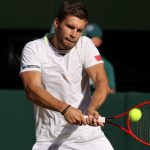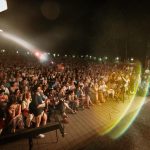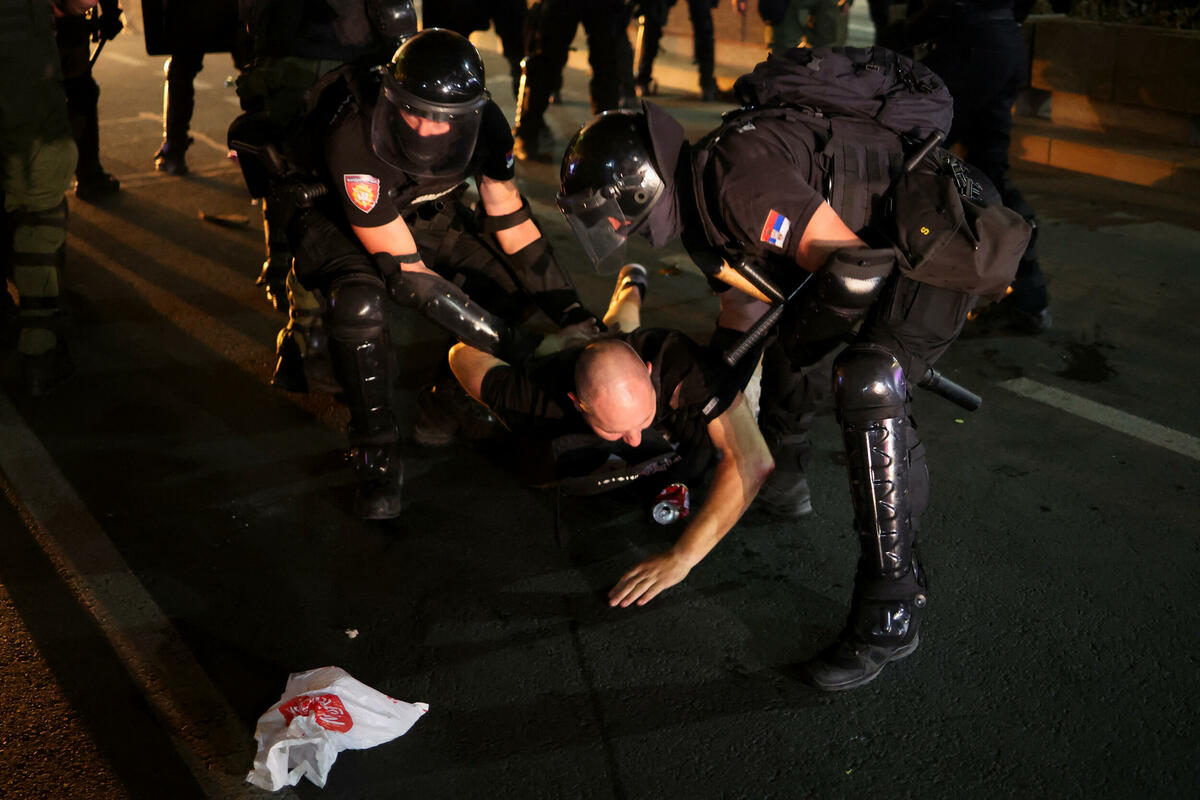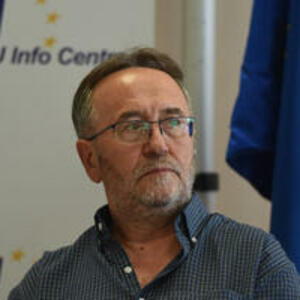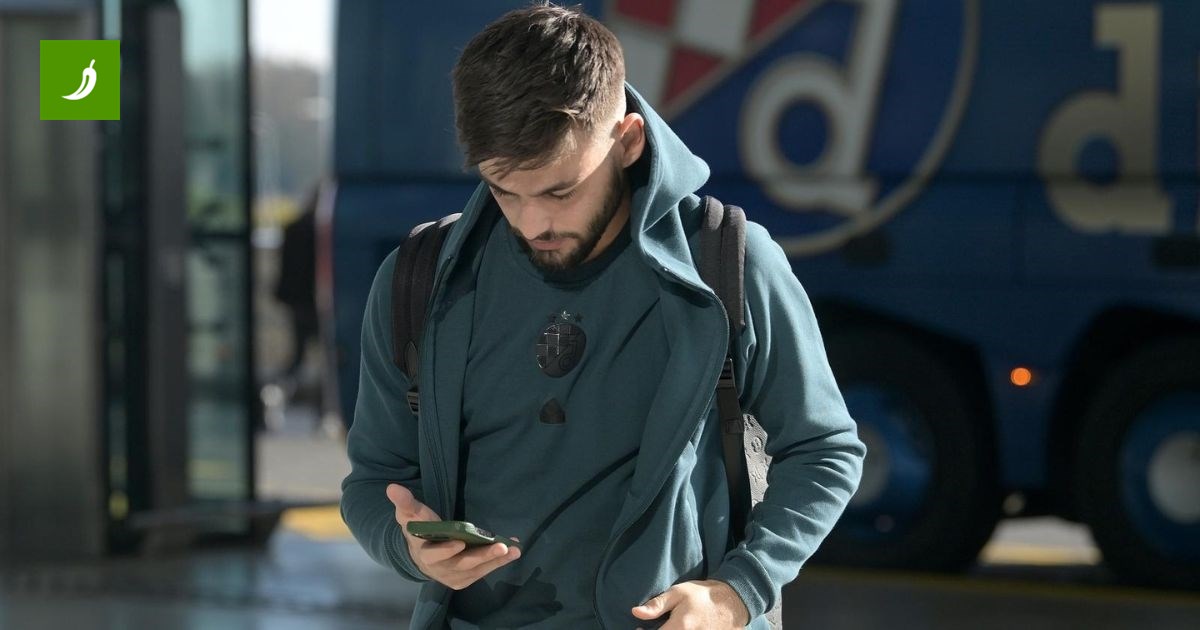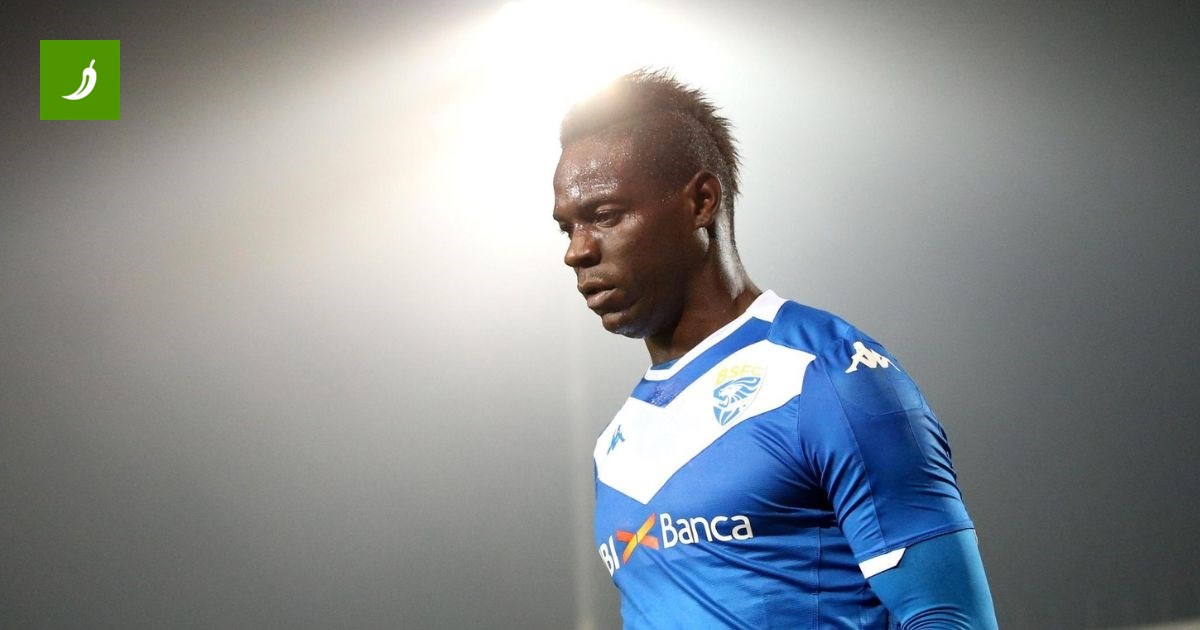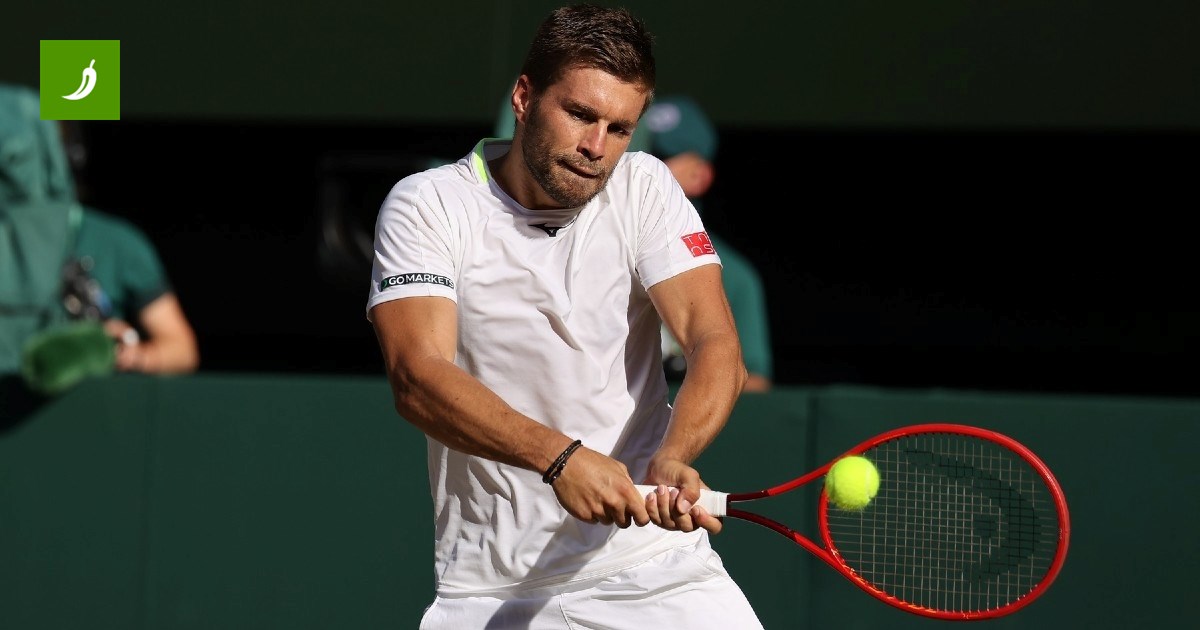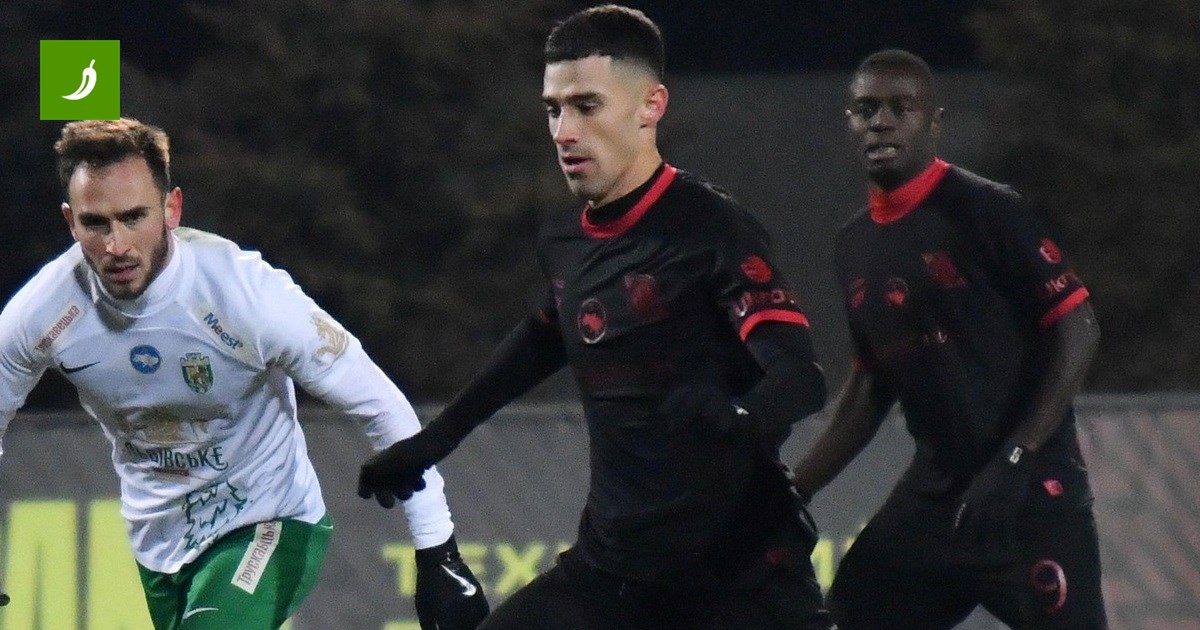Student Protests in Serbia: Nationalism or Fight for Freedom?
For months now, Serbia has been witnessing student protests that, instead of the expected liberal and European spirit, have shocked many with a sharp rightward turn and a surge in nationalist rhetoric. What is really happening on the streets of Belgrade and other cities? Do the students truly want change, or have they become pawns in a game of nationalist ideas?
The Fight That Doesn’t Stop The protests began as a reaction to the collapse of a canopy at the Novi Sad railway station, where 16 people died, but quickly turned into a broader movement against the government of Aleksandar Vučić. The main demand of the students is the calling of early parliamentary elections, but the government refuses to budge, calling the students cowards and refusing to meet their demands.
A Nationalist Turn While many expected the students to lead Serbia towards liberal and European values, the Saturday protests held on Vidovdan—a day deeply rooted in Serbian national tradition—showed something quite different. At the protests, flags of the Ravna Gora movement, Chetnik symbols, and banners with messages like “Stop the terror against Serbs in Kosovo” were visible.
Speakers at the rally, such as Milo Lompar, known for promoting the book of war criminal Radovan Karadžić, further fueled the nationalist atmosphere. This turn confused many, as instead of fighting for democracy and justice, the protests became a place where old ideologies and myths of pan-Serbian unification were reactivated.
A Divided Society and Uncertain Future Experts and analysts point out that the students are a heterogeneous group with different political orientations. While some genuinely want change and a European path, others are influenced by the toxic atmosphere shaped by the Serbian Orthodox Church and nationalist propaganda.
The Rector of the University of Belgrade, Vladan Đokić, who gave one of the few constructive speeches at the protests, emphasized the need for unity and a rational approach. However, division and confusion among the students still prevail.
Falling Government Ratings and Repression Aleksandar Vučić’s government faces a serious drop in popularity. The protests, ongoing for seven months, show that intimidation, beatings, and arrests cannot stop the awakened part of society. On the contrary, the crisis deepens, and the government increasingly relies on repression and brutal propaganda.
Vučić cannot call elections under current conditions, as that would mean the end of his power. Therefore, the protests continue, and students and citizens show they are not ready to give up the fight for freedom and the return of the state to the hands of the people.
The Symbolism and Meaning of Vidovdan Vidovdan, as a symbol of Serbian collective identity, further intensified the emotional and nationalist dimension of the protests. This day is historically linked to the Battle of Kosovo, the beginning of the breakup of Yugoslavia, and other key events in Serbian history.
The use of this symbolism at the protests has sparked varied reactions—from support to concern over the potential passivization of the civic part of Serbia and a return to the past.
Conclusion The student protests in Serbia are far from a simple fight for democracy. They reflect deep divisions in society, conflicts between liberal and nationalist forces, and show how difficult it is to build a unified vision of the future.
Will the students manage to overcome internal differences and become drivers of real change, or will they remain trapped in a web of nationalist myths? Time will tell. One thing is certain—Serbia is at a crossroads, and the streets have become an arena where the battle for its soul is fought.
So, what do you think? Which side do you see in this chaos? Are the protests a chance for a new beginning or just a rerun of old stories? Drop a comment, let the street voice be heard!



